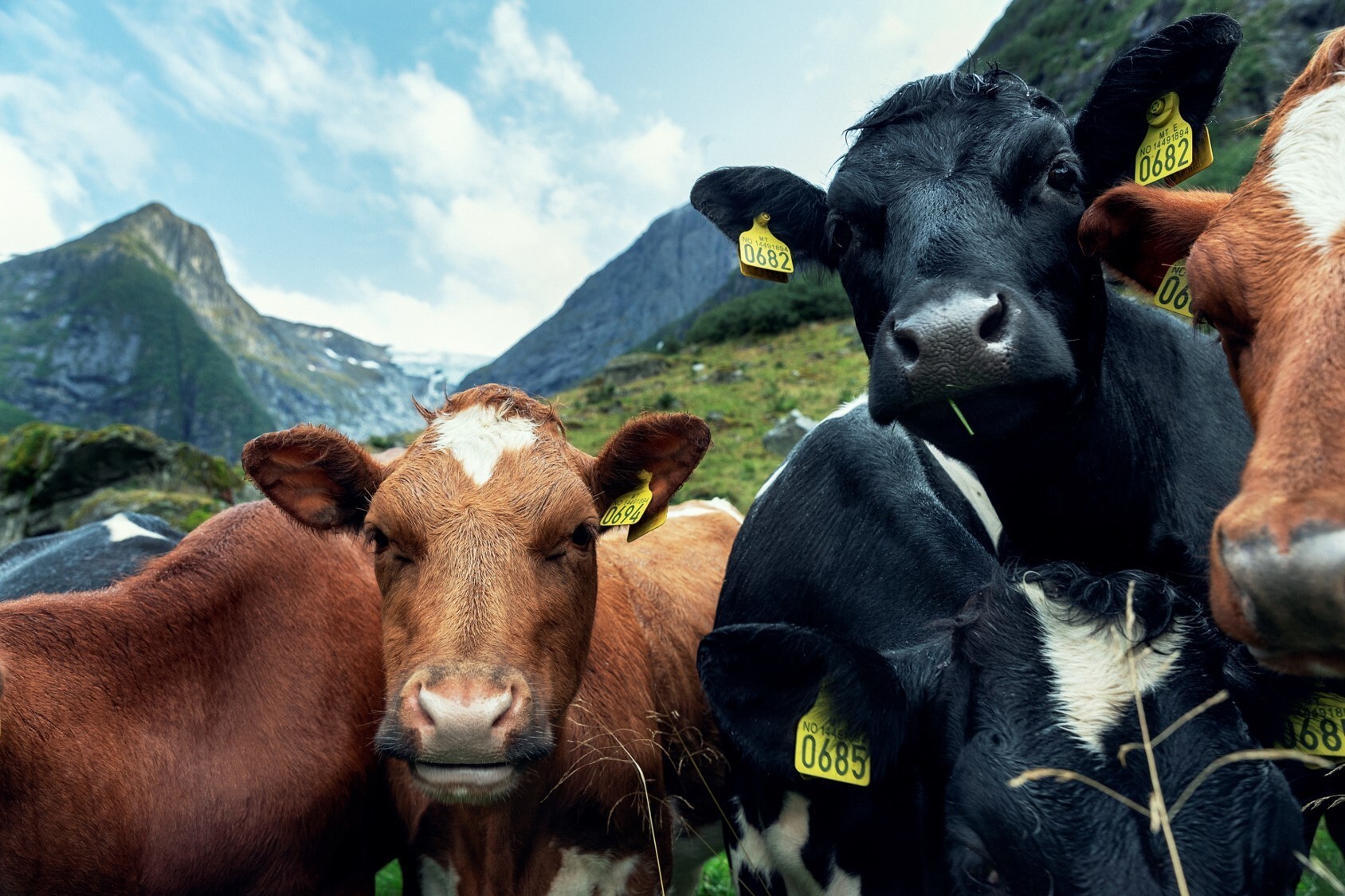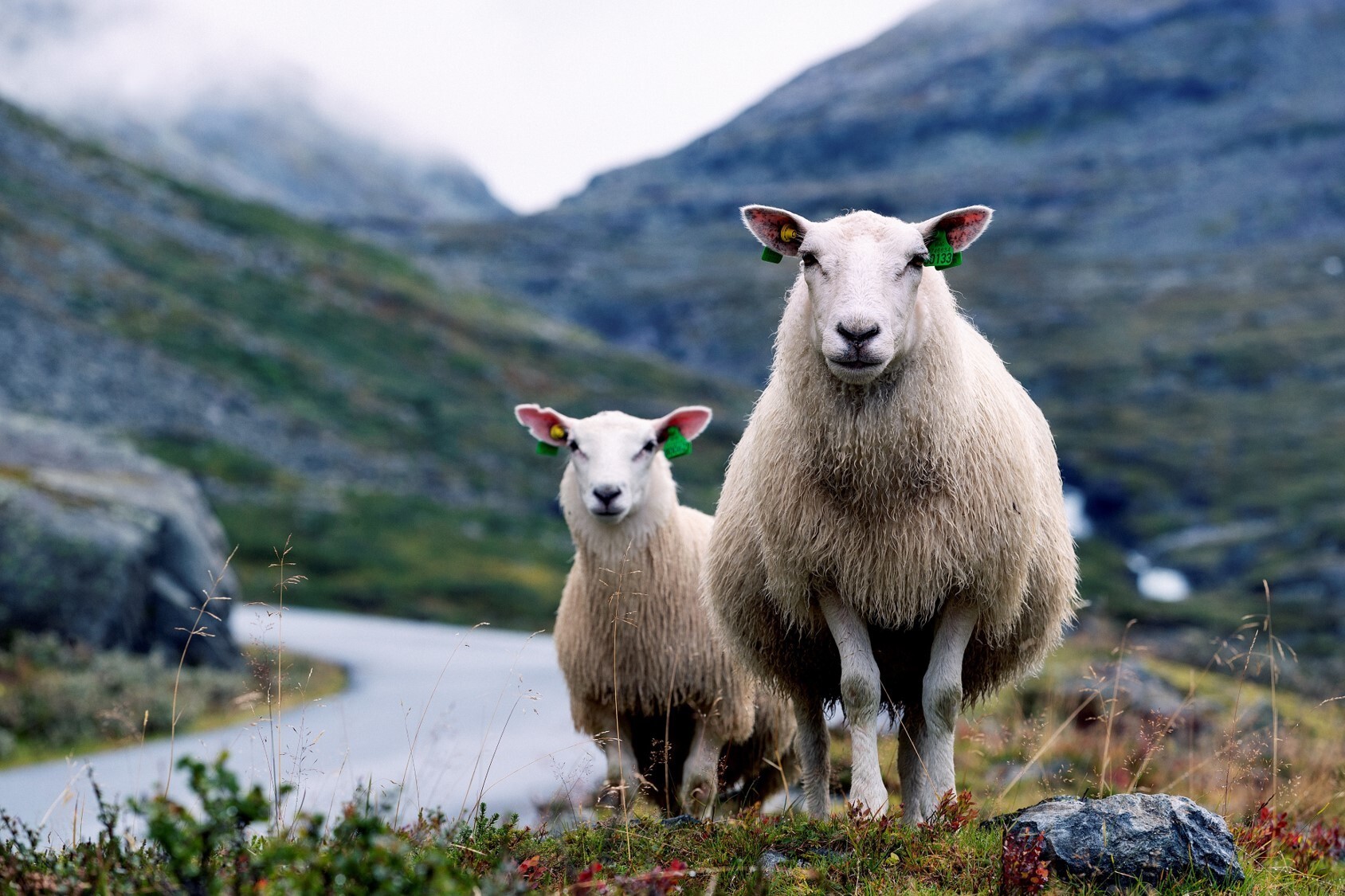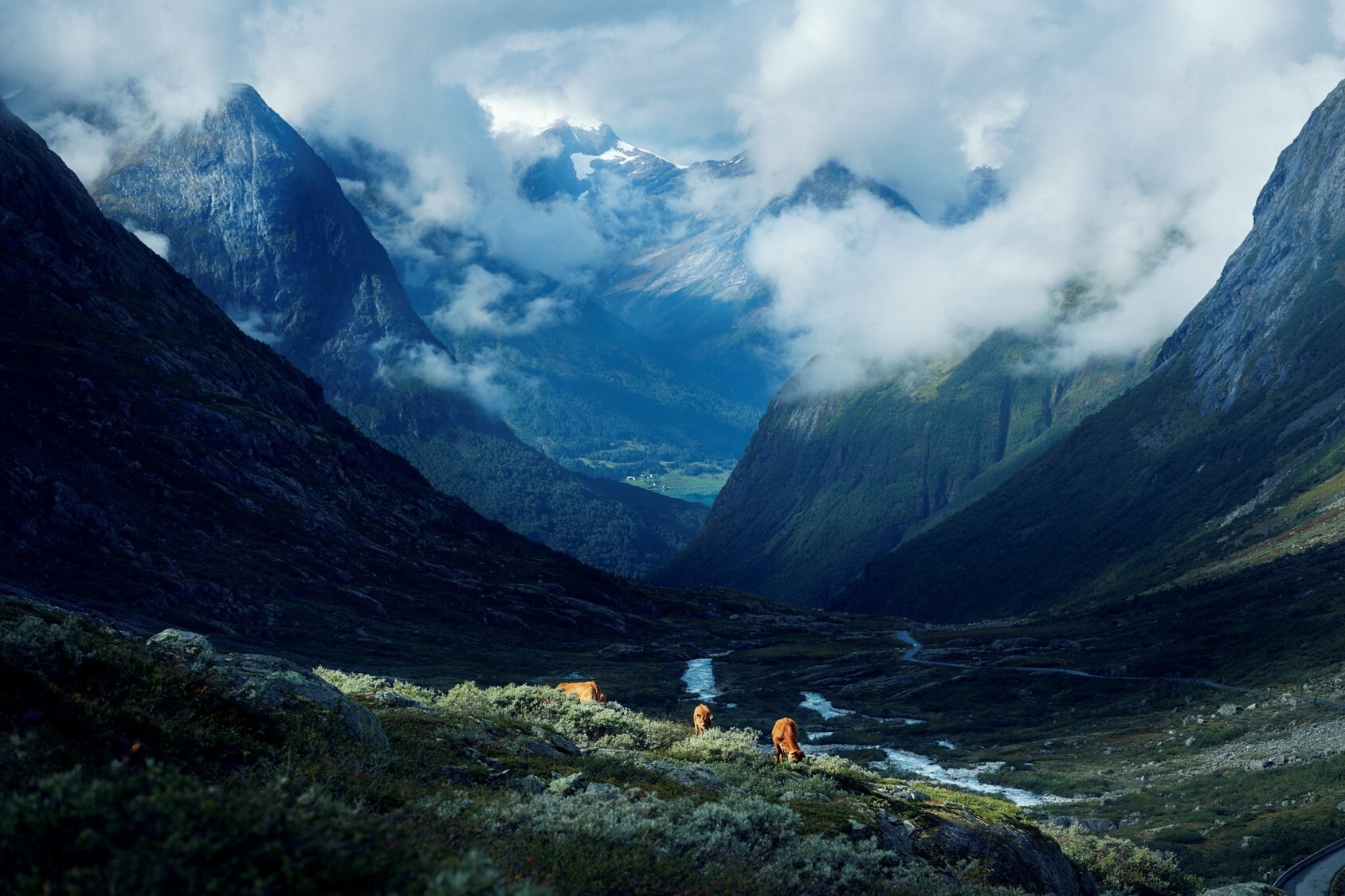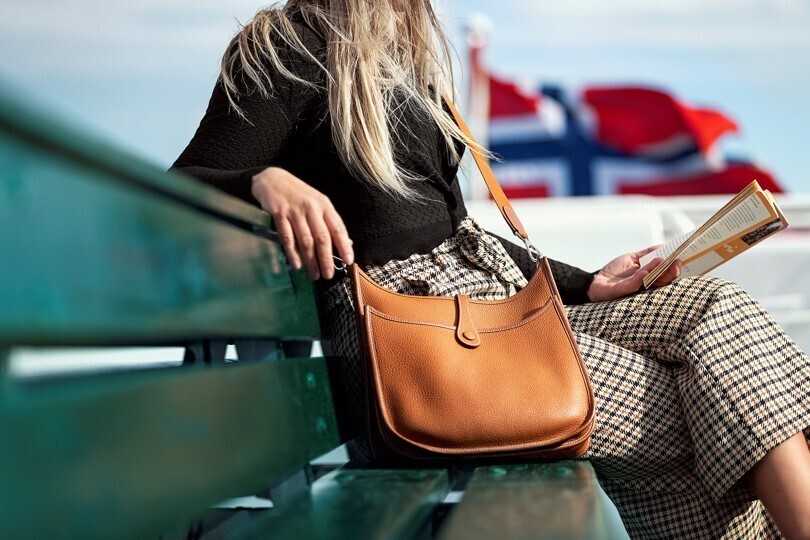Sustainable quality products
Photo: Sune Eriksen
The Scandinavian countries have different preconditions for their agriculture, but what they all have in common is strict regulation regarding livestock and animal welfare. Animal health here is good, which means good animal welfare, safe food, and lower greenhouse gas emissions. Effective production, combined with animals that provide both meat and milk, contributes to lowering the greenhouse gas emissions per produced unit. Cattle and sheep contribute to biodiversity by grazing. By utilizing all plus-products to create new products, as well as new product cycles, we contribute to the development of the bioeconomy and a circular economy.
Food production based on local resources
The Scandinavian countries have different preconditions for their agriculture. Only 3% of the area in Norway is arable land. In Sweden, 7% is arable land. However, large areas with lush and nutritious vegetation are found in outfields – in forests, moors and semi-natural grasslands, and in the mountains. When animals graze, resources that otherwise would not be used are converted to milk, meat, hides, skins, and wool. Denmark, on the other hand, has flat and fertile land, where more than 60% of the land is cultivated. All of the Scandinavian countries have a temperate climate with four distinct seasons, plenty of rainfall, and a knowledge-based agriculture industry producing pure and safe food.


Cattle in Oldedalen, Norway
Photo: Sune Eriksen


Sheep grazing along Gamle Strynefjellsveg, Norway
Photo: Sune Eriksen
Good animal welfare and healthy animals
When we take responsibility for animals, it is our duty to ensure that those animals are well looked after. The Scandinavian countries have strict regulations with regards to how animals should be taken care of, as well as how they are housed, transported, and handled at the abattoir. There is a strong focus on preventive healthcare, and on breeding healthy animals. In order to follow up and make further improvements in animal welfare, Nortura has implemented Ethical Accounts for Animal Welfare, completed each year on all their abattoirs, as well as new animal welfare programs established in cooperation between the government, organizations, and farmers in Norway.
Norway, Sweden, and Denmark are among the countries that use the least amount of antibiotics for food-producing animals. Antibiotics are never given as prevention, but only when animals require it due to illness, and even then, by prescription only. This allows for minimal antibiotic use. The use of growth enhancing hormones is strictly forbidden.
Climate and environment
Healthy animals lead to good animal welfare, safe food, and lower greenhouse gas emissions. Effective production with efficient resource use also means that Scandinavian agriculture generates a lower climate footprint compared to the global average. Another important reason why greenhouse gas emissions are lower in Scandinavia is that a large share of the cattle is producing both milk and meat. In Norway, 75% of the cattle are used for both milk and meat production.
Grazing fields are among the ecosystems with the highest biodiversity in the Nordics. Grazing on semi-natural pastures increases plant diversity and biological diversity. However, in many places these pastures are no longer being grazed and are now threatened by becoming overgrown. When grazing fields like this disappear, flower diversity, and therefore also insects that depend on these flowers, will disappear. According to the Norwegian red list of species, 24% (565 species) of the threatened species in Norway are dependent on these semi-natural pastures. Therefore, a prerequisite for maintaining high plant diversity is that grazing continues. In this way, cattle and sheep contribute to maintaining natural diversity and biodiversity.
Grazing and biodiversity
Grazing on semi-natural and wild uncultivated pastures contributes to biological diversity in different ways
- Increased diversity of the landscape itself
- Landscape with more open places, giving room for smaller plants and plants in need of a lot of sunlight
- When animals trample the vegetation, it results in open soil that helps plants to establish better
- Animals help spread seeds to new places
- Increased nutrition accessibility for plants
Use all resources so that nothing goes to waste
By-products, or plus-products as we call them, comprise around 35% of all the biomass that comes into the meat and egg industry. Out of respect for the animals and the environment, we see it as our mission to make sure that all of these resources, the whole animal, are used to make products the world can benefit from and enjoy. Ensuring that all plus-products are used in new products and new product loops contributes to the development of the bioeconomy and a more circular economy.


Cattle grazing along Gamle Strynefjellsveg, Norway
Photo: Sune Eriksen







 Cattle in Oldedalen, Norway
Cattle in Oldedalen, Norway


